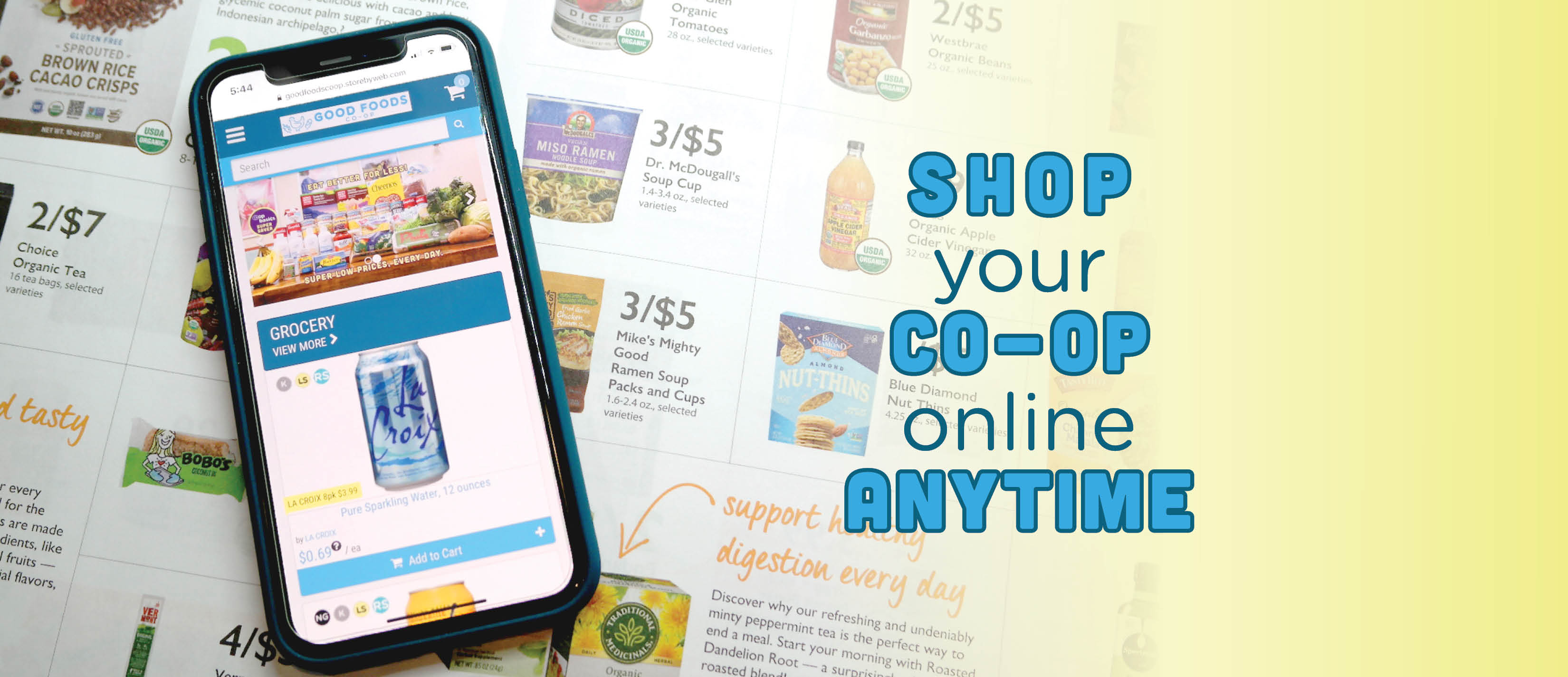 How plants naturally grow in Kathryn’s world probably
How plants naturally grow in Kathryn’s world probablyIt’s that time of year when everyone seems to be thinking and talking about love, affection and, the most romantic of all topics, how to reduce your chances of suffering a potentially horrific cardiac episode.
Judging by a super scientific poll I did inadvertently by overhearing my office-mates talk about their feelings toward Valentine’s Day, there are plenty of opinions about it including, but not limited to, hating it, tolerating it but not understanding why people get so uptight about it, appreciating an opportunity to dress up and go out or cook a nice dinner but not liking being told when or how to do so, and loving it and loving love and loving so many people so much that she loves that there’s a day set aside to express all of her love to all of her loved ones.
Regardless of how you feel about the midpoint of this month and all it stands for, the designation for the rest of February is perhaps even more important because it’s American Heart Month.
 Is this not the type of heart you expected to see in a Valentine’s Day blog post?
Is this not the type of heart you expected to see in a Valentine’s Day blog post?I didn’t take a poll about how people feel about dying of a heart attack or stroke since I’m guessing at least the vast majority of people are against it, but the reason President Johnson declared that the month be dedicated to educating the public about cardiovascular disease about a half century ago is because it was responsible for MORE THAN HALF of all deaths in the U.S. and the vast majority of people didn’t know what to do about it.
Fortunately, times have changed. While about 2,300 Americans still die from cardiovascular disease every day, even a few small lifestyle changes can reduce our risk of it by as much as 80%. As someone who has lost track of how many cardiac episodes my grandpa has had, the latter is especially exciting to me.
 Basically my dream come true. Minus all the sweat and facial hair. (Photo credit: @karamobrown)
Basically my dream come true. Minus all the sweat and facial hair. (Photo credit: @karamobrown)Perhaps the most obvious way to help your heart is to use it. Any amount of physical activity is better than none and apparently some of it can actually be fun.
I know when I hear the word “exercise,” I always internally groan because I forget that doesn’t just mean running. Running for the sake of running makes me feel mentally, physically, emotionally and existentially like I am dying, but I did it regularly off and on for years because I got it in my head that that’s what exercise was.
Then, one fateful day, my friend introduced me to boxing and everything changed. I found out I loved it so much that I didn’t even have to trick myself into going or continually dread my next class. Finding something I actually enjoyed enabled me to make time to do it two or three times a week for more than two years.
When I hurt my wrist and ended my boxing career, because apparently repeatedly hitting things that weigh 100 pounds is as risky as it is fun, I started following along with exercise videos in the comfort of my own home.
I am very good at making excuses for not exercising (e.g. it’s too hot, it’s too cold, it’s too dark, it’s too sunny, I don’t have any clean socks, the gym is too crowded, the gym is too empty which makes it weird, six minutes away is too far to drive, I had surgery two years ago, Mercury is in retrograde, etc.) When I just have to go ten feet from my bed though, none of those excuses really work anymore, plus pajama Pilates is the best kind of Pilates.
The American Heart Association has specific recommendations for who should do what for how long, but as long as you’re moving, you’re off to a good start and picking something fun or otherwise simple to talk yourself into doing is a good first step.
 Stress management step one: don’t replace your face with a clock face.
Stress management step one: don’t replace your face with a clock face.Another way to reduce your risk of heart disease is to have a healthy blood pressure. This is easier said than done, but if you have a plan to move more, you’re already on the right track.
Managing stress is another of the most effective ways to get or keep your blood pressure in a good range. Notice I said managing stress, not avoiding it. Everyone experiences a big project at work, a speaking engagement, social anxiety, family issues, relationship strain, tense sporting events, moving, getting married, being single, changing jobs, not having a job, just doing too many things too often or some combination of these at some point in their lives. The important thing though, is what you do when you feel that stress.
 You do you, mountain monk meditators.
You do you, mountain monk meditators. There are plenty of things you can do to deal with it, but the simplest is something you are most likely doing right now: breathing. Just deeply breathing can help regulate your heart rate and help calm you.
It’s also the basis of meditation which is a word that, at least for me, conjures up images of a hippie and/or monk silently sitting alone cross-legged on a mountain for hours. If that’s how you roll, I applaud your style, but if you just want to check out some basics, I recommend ABC News Anchor Dan Harris’ book, 10% Happier, which he described as being about “meditation for fidgety skeptics.” Meditation For Fidgety Skeptics also happens to be the title of his new book which I haven’t yet read but also recommend because, full disclosure, as a former journalist at an ABC affiliate, I am biased in favor of Dan Harris. Based on my experience with his first book, though, I’m guessing I can also support this one in good conscience.
If you’re not into reading or want to add some companion elements to your book-learning, there’s also a podcast and an app that both have simple, beginner-level guided meditations/ breathing exercises.
 The more you… eat the better you feel? Is that how it goes?
The more you… eat the better you feel? Is that how it goes?A third thing you can do to help reduce your risk of heart disease is clean up your diet. If you’re not already thinking about what you eat from a heart-health perspective, making some small switches and additions can make a big difference.
Adding healthy fats is as easy as cooking with olive oil instead of another oil or even using it in place of butter. If you’re into pastas, breads and crackers, make sure you get 100% whole wheat instead of the white flour varieties. These will provide antioxidants in addition to fiber which will help you feel fuller.
Dark-colored greens can be thrown into salads and side dishes raw or cooked and for smoothies and shakes, they even come in powder form. The old rhyme is right: beans, beans are good for your heart and can be the basis for hummus, chili, stew and lots of other staples especially in the winter.
Nuts are very versatile too. A handful of plain walnuts or almonds can make a great snack, some toasted almond slivers can garnish just about anything and peanut butter, almond butter, or cashew butter can turn an apple or carrot into a proper snack.
Making substitutions like these is even easier when you shop your Co-op. We have everything on the American Heart Association’s list of heart-health foods AND a lot of them are on sale this week, so check out your Co-op Deals and your Weekly Deals and do a little heart-focused planning while you save some money.
If you think about it, taking steps to improve your cardiovascular health is like the gift you give yourself and your loved ones since there’s a chance it can help keep you around longer. So this Valentine’s Day, stay sexy and don’t get murdered by heart disease.
